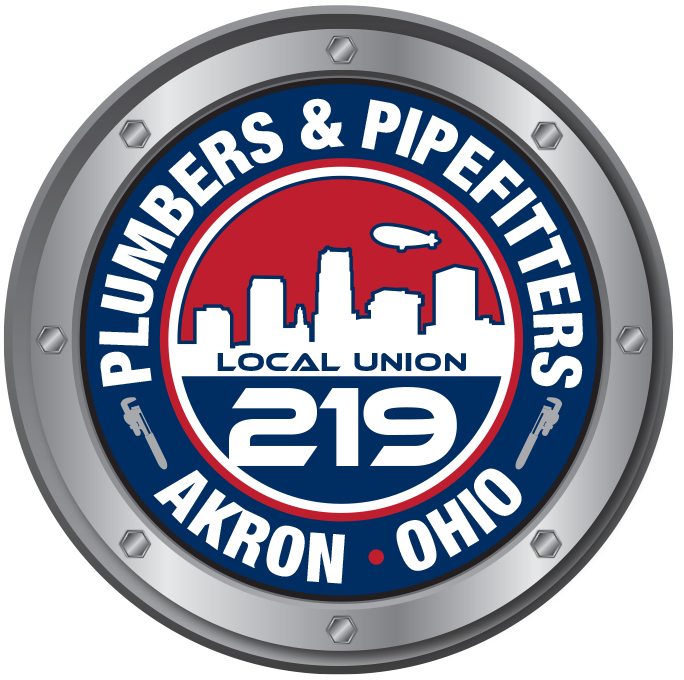Contact Us
WHAT IS A PIPEFITTER
DESCRIPTION:
Prepares, assembles, installs, and repairs pipes, fittings and equipment of heating water, steam condenser, process piping, refrigeration, and a variety of other piping systems, according to specifications and prints. Review and coordinate building plans and drawings to determine proper work aids required for the best sequence of installation. Inspect structures to ascertain obstructions to be avoided to prevent weakening of structure resulting from the installation of supports, pipes, and equipment. Locate and mark positions of pipe and pipe connections and routes of these pipes through walls, floors, and equipment penetrations, using levels, rulers, plumb bobs, and lasers. Cut openings in these walls, floors, and equipment using hand tools and power tools suited for each job. Install hangers and supports for piping an equipment. Cut, thread, weld, groove, and glue pipe, using pipe cutter, groovers, cutting torch, welding machine, and pipe-threaded machines. Bend pipe to required angles by use of pipe-bending machine or by placing pipe over block and bending it by hand. Assemble and install valves, pipe fitting, and pipes composed of metal, such as iron, steel, copper, brass and lead, and nonmetals, such as glass vitrified clay, fiberglass, and plastic, using hand tools and power tools. Joins pipes by use of bolts, solders, plastic and fiberglass solvents, compression, threaded and welding. Fill piping system with air and water to pressure test with pressure gauges according to specification for proper leak proof system. Install and repair piping equipment, such as boilers, air handling units, VAV boxes, cooling, chillers, compressors, pumps, and machinery. Repair and maintain piping systems with periodic maintenance and service calls.
DESCRIPTION OF DUTIES:
- Possesses a clear understanding and detail knowledge of the associated tools and equipment and their maintenance requirements, nomenclature and types of piping materials and supplies, technical manuals and procedures, and equipment and shop records.
- Use shop tools, including operating tools and machines to bend, thread, cut and hang steel, copper, and plastic pipe.
- Install and repair piping systems and equipment.
- Cut openings in walls, floors, or equipment for pipes, cuts, reams, threads, welds, and bends pipes; installs and connects equipment and apparatus such as heating hot water systems, chilled water systems, steam and condensate systems, and process piping systems.
- Inspect and test piping after completing repairs, alterations, and additions.
- Fire stop and fire caulk openings through walls and floors to accommodate local codes.
- Interprets work orders, oral instructions, and sketches; provides specific information on work to be accomplished, location of work, nature of repairs required, and materials needed to accomplish work, and compiles and submits reports of piping perofrmed.
- Installs equipment such as boilers, chillers, air handling units, and compressors and modifies existing equipment.
